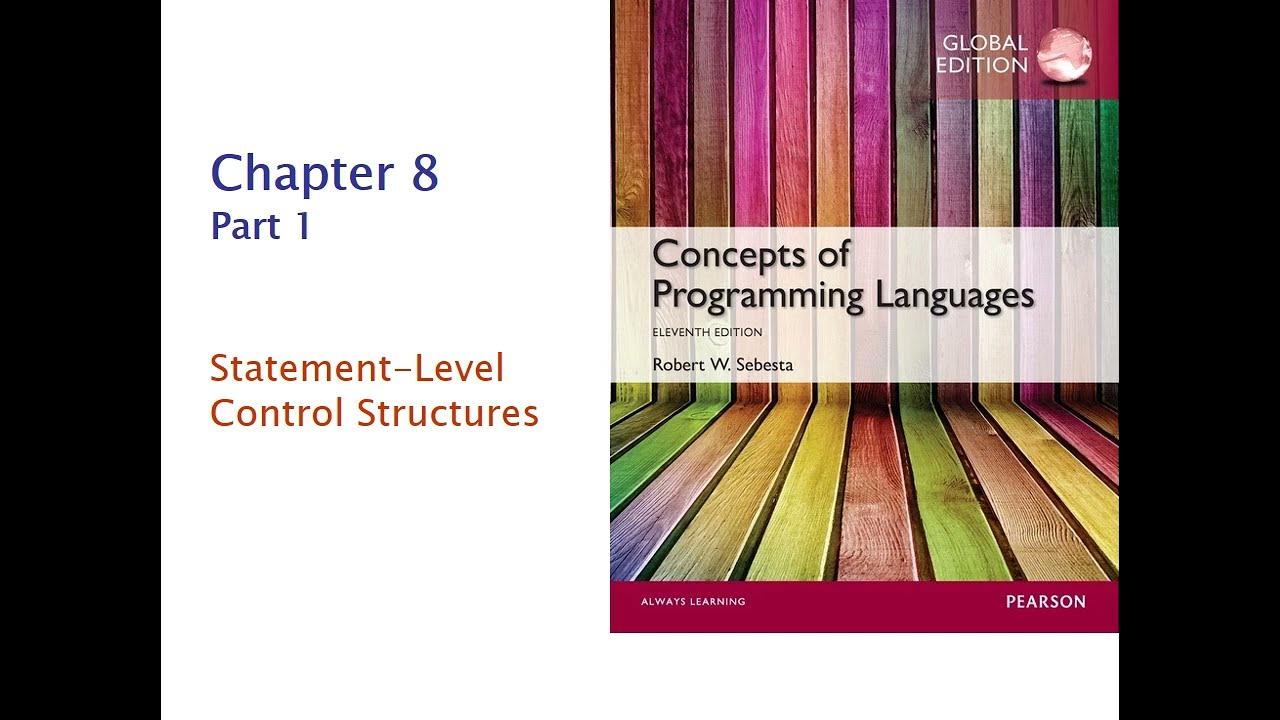Mengenal Fungsi Nested IF - Algoritma dan Struktur Data
Summary
TLDRIn this video, Setiawati explains the concept of nested 'if' statements, focusing on their application in algorithm design and data structure. The tutorial covers the differences between single 'if', compound 'if', and nested 'if' statements, demonstrating how to use them for decision-making in programming. Setiawati provides a detailed example of using nested 'if' statements to sort three numbers in ascending or descending order. The session concludes by highlighting the importance of these structures in solving complex programming problems and preparing students for more advanced topics in algorithms and loops.
Takeaways
- 😀 Nested if statements (if bersarang) involve placing one if statement inside another, allowing for more complex decision-making structures.
- 😀 The main difference between nested if statements and regular if statements is the level of complexity and how conditions depend on each other.
- 😀 Nested if statements are used when evaluating multiple conditions in a sequence, where each condition can lead to a different outcome depending on the previous one.
- 😀 The structure of a nested if statement is hierarchical, with each condition having its own action and possibly further nested conditions.
- 😀 A typical syntax for nested if statements includes 'if condition1: action1' followed by additional 'if' or 'elif' blocks inside.
- 😀 An example case in the lesson demonstrated how nested if statements can be used to sort three numbers from smallest to largest or vice versa.
- 😀 For sorting three numbers, variables for each number (a, b, c) are compared using nested if statements to determine the maximum, minimum, and middle values.
- 😀 A flowchart representation of the sorting process was discussed, illustrating how the program processes conditions in a step-by-step manner.
- 😀 The flowchart process includes inputting three numbers, then checking conditions such as whether 'a' is greater than 'b' or 'c', and setting the appropriate values for min, mid, and max.
- 😀 The lesson emphasizes that while nested if statements provide a way to handle complex logic, simpler problems can also be solved using regular if or multiple if statements without nesting.
- 😀 In future lessons, the class will explore loops and other logical structures, as well as how if statements interact with these concepts in programming.
Q & A
What is the main objective of the lesson in the video?
-The main objective of the lesson is to help students understand the concept of nested 'if' statements (if bersarang) and to be able to apply algorithms involving nested conditions with practical examples.
What is the difference between a regular 'if' statement and a nested 'if' statement?
-A regular 'if' statement checks a single condition, while a nested 'if' statement involves one or more 'if' statements inside another 'if' statement, allowing for more complex condition checks and different actions depending on multiple levels of conditions.
Can you explain the structure of a nested 'if' statement?
-The structure of a nested 'if' statement starts with an initial condition. If the condition is true, the program moves to the next 'if' statement inside. If any of the nested conditions are true, the respective action is executed; otherwise, the program proceeds to evaluate other conditions or actions.
What reference materials were used in the lesson for studying nested 'if' statements?
-The references include Rosa's 2018 book on data structures in various programming languages, Rinaldi Munir's 2016 book on algorithms and programming in Pascal and C++, and Abdul Qodir's 2013 book on theory and application of data structures using C++.
What was the example case used to demonstrate the application of nested 'if' statements?
-The example case used in the lesson was sorting three numbers in ascending or descending order using nested 'if' statements.
How are the three numbers (a, b, and c) handled in the sorting algorithm?
-In the sorting algorithm, the three numbers are assigned to variables a, b, and c. Then, the algorithm uses nested 'if' statements to determine the minimum, middle, and maximum values by comparing the numbers and adjusting the variables accordingly.
What is the importance of checking conditions like 'if a > b' or 'if b > c' in the sorting example?
-These conditions are important for determining the order of the numbers. By comparing the values of 'a', 'b', and 'c', the algorithm can assign the appropriate values to variables like 'min', 'mid', and 'max', ensuring the numbers are sorted correctly.
What does the term 'if bersarang' refer to in the video?
-'If bersarang' is the Indonesian term for 'nested if' statements, where one 'if' statement is placed inside another to check multiple conditions and execute specific actions based on different scenarios.
How does the flowchart for sorting three numbers work?
-The flowchart begins by declaring variables and taking input for three numbers. It then checks conditions like 'if a > b' and 'if a > c' to determine which number is the maximum. Then, nested 'if' statements further determine the middle and minimum values based on the remaining conditions.
What will the next lesson cover, according to the speaker?
-The next lesson will cover looping structures (pengulangan), although the use of 'if' statements will still be present in the context of loops.
Outlines

Cette section est réservée aux utilisateurs payants. Améliorez votre compte pour accéder à cette section.
Améliorer maintenantMindmap

Cette section est réservée aux utilisateurs payants. Améliorez votre compte pour accéder à cette section.
Améliorer maintenantKeywords

Cette section est réservée aux utilisateurs payants. Améliorez votre compte pour accéder à cette section.
Améliorer maintenantHighlights

Cette section est réservée aux utilisateurs payants. Améliorez votre compte pour accéder à cette section.
Améliorer maintenantTranscripts

Cette section est réservée aux utilisateurs payants. Améliorez votre compte pour accéder à cette section.
Améliorer maintenantVoir Plus de Vidéos Connexes
5.0 / 5 (0 votes)






